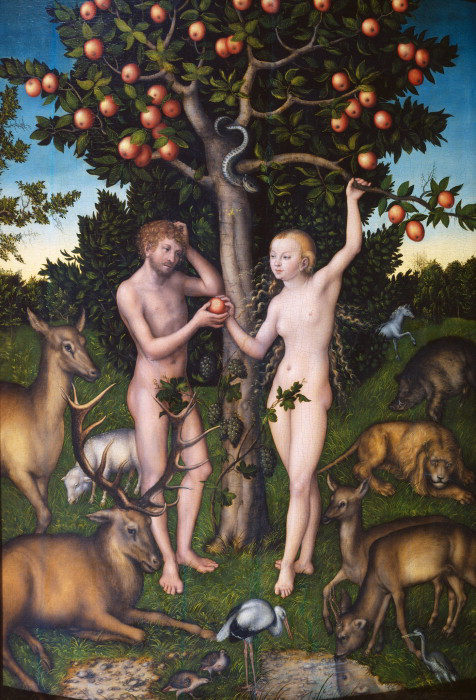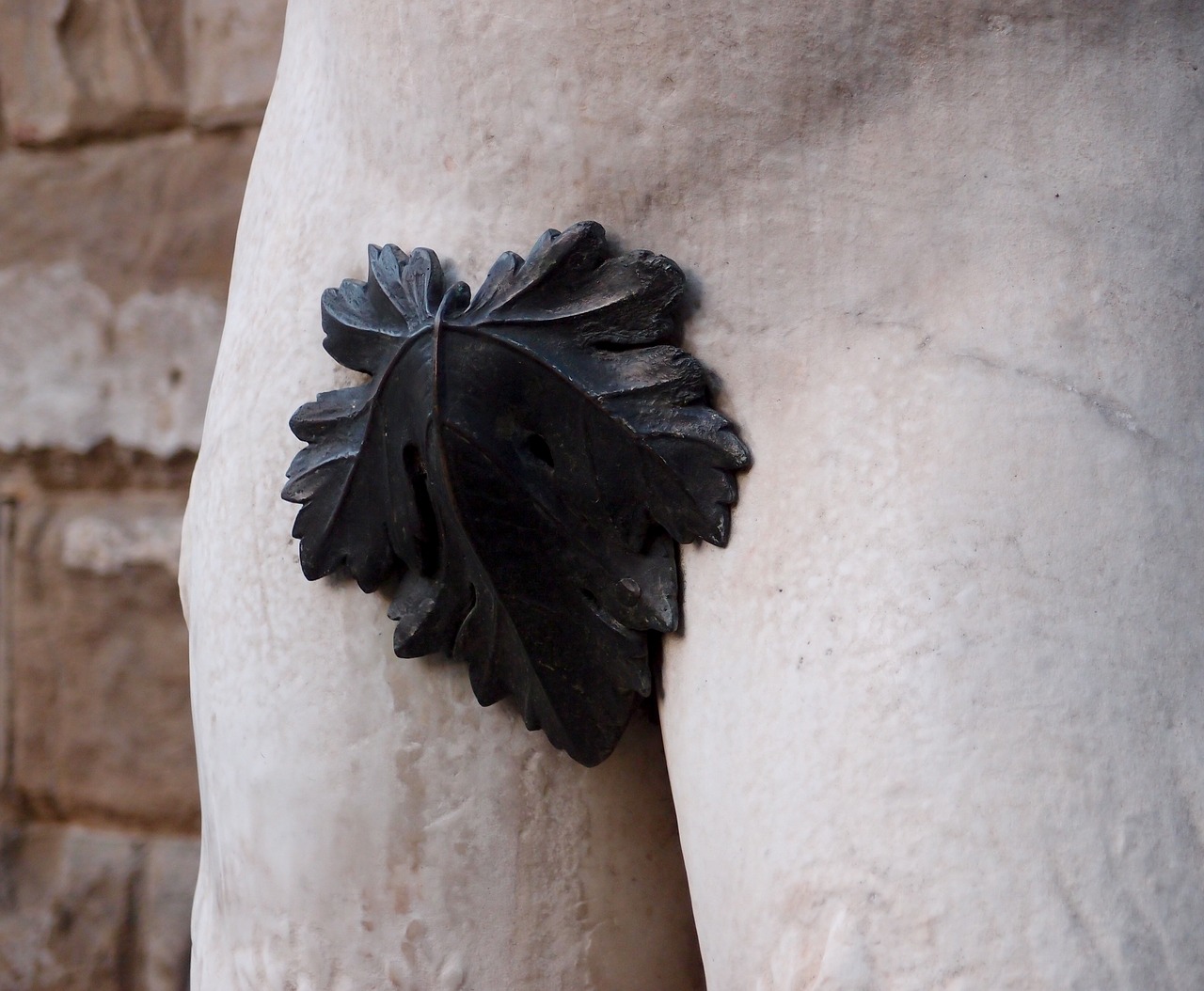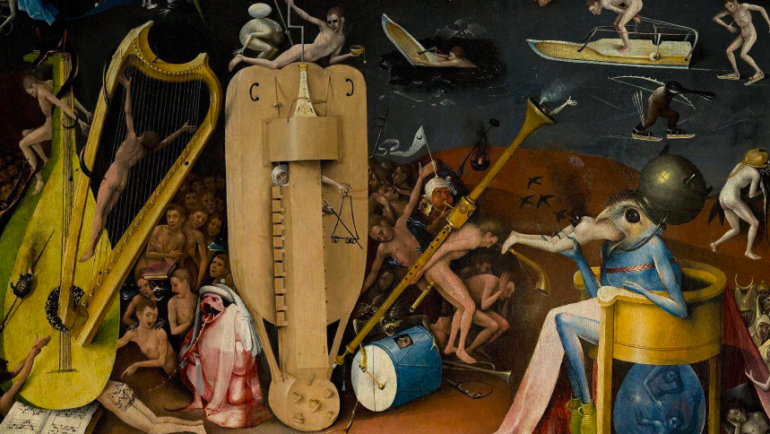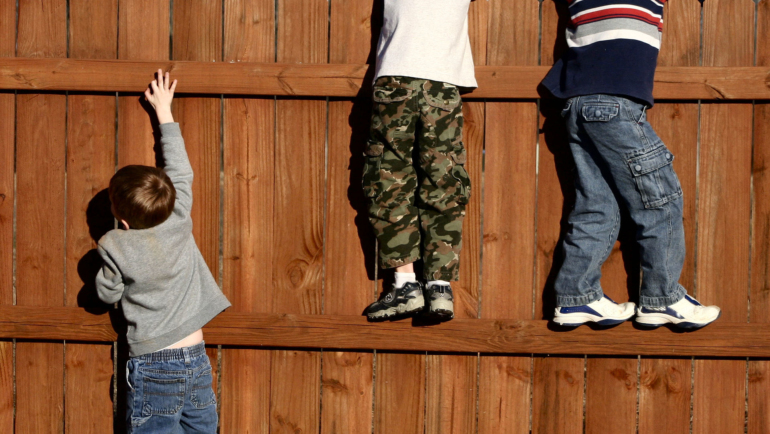For every teen, there will finally come a desire to cut loose from their parents. That is the beginning of the change from childhood to adulthood. However, the imaginings of a young adult can in no way match up to what’s coming. Young is sceptical about the ongoing change of adolescence. It can be very distressing. Understandably, a growing young is trying desperately to control it. Young adult still has to face the changed physical appearance of their identity. The arrogance of the adolescent towards the change and nature, in general, is nothing but their struggle against parents and features related to adulthood. Friedrich Nietzsche meant this when he wrote that man has turned against his best qualities with his morals.
Does shame have any function?
Shame has a function, indeed, and it has to do with growing up. Young will confront many things that blush them; something that they didn’t know, or didn’t want to know, or others didn’t want them to know. In the scientific literature, the role of shame has remained chiefly undefined. Still, it can be linked with the psychological mechanisms of growing up: its function is to prevent a child and teen from growing up too soon. To be more precise, shame strengthens awareness of the young themselves. That is why shame is a protection mechanism. We can only understand Freud’s view of the Oedipus complex in a meaningful way if we think the anger directed—not so much at the parents, but more at the adulthood the parents represent. Also, the theory of libido’s significant contribution to human progress would be more meaningful if we connect it with the substantial contribution of volition rather than sexuality itself.

Shame is one of the hallmarks of youth and is therefore forbidden in wild nature. Adam and Eve’s shame revealed them mentally immature (adolescent) and therefore unsuitable for the Paradise (nature).
Psychology of youth
The young are usually unstable, dissatisfied with themselves, short-sighted, and sensitive, mainly because they are losing interest in the world of their childhood. Mentally, adolescence and puberty come into being of waiting for the future change, and the uncertainty that the shift the young expects won’t come at all. The young hope at least to get their identity clarified. However, it means a struggle against natural development. In ancient times, the biggest challenge for a teenager was the surrounding reality and its dangers, but in the civilisations, it is the cultural environment—and the young themselves.
As young grow, they lose the open-minded ease, which covers people’s approval, values, authority, parents, home and family and a definite ego. Births, growing up, partings and deaths constantly struggle with the will, so rituals have been created to overcome them. We will challenge the meaningfulness of the childhood world and wonder about it openly. This confusion is considered as a distinctive sign of growing up to adulthood and even a signal of adulthood itself. Still, it is easy to understand that such an idea of adulthood is far too flimsy. The fragility of adulthood is a shared secret of all adults. It is the biggest secret of the whole civilisation!
Childhood is not just preparing for future trials, and growing up is not an accomplishment of childhood missions. Confronting the familiar issues is preparing to leave the protection of childhood. Growing up means for most people still moving the natural barriers out of the way of one’s dreams and objectives (and after the years of growth, again, increasing of them). Families willingly support the fulfilment of goals of childhood and comfort in adversity. But, whatever the reason, it makes understanding life and adulthood harder.
Shame protects youth
The fact is that teens want not just any kind of adulthood but the one they have carefully prepared for themselves. They don’t care about adulthood, which could make them but ashamed. They do not care about the adulthood of breeding, illnesses and ageing, which they see mostly wretched and bestial. They do not want to be ashamed of mental unpredictability and stupidity, not to mention the adult being out-of-date and pitiful. So they are constantly in danger of rejecting the very thing they are growing up towards—and talking about humans, this risk is realised.
When psychology describes childhood and adolescence as personality development, these interpretations usually rely on human cultivation’s importance. Nature didn’t, however, plan childhood and youth as permanent, and the properties of childhood and adolescence, for example, the personality, identity, or even the language, to be everlasting. The earlier human species dropped almost everything they had learned. The developmental disorder of the modern human was the game-changer: it enabled life-long learning. As early humans understood the usefulness of knowledge, also the innate desire to teach came into being. The teaching influenced interaction and dependence between men, and it supported and increased the characteristics of adolescents coming up. Everybody knows that children are built to learn and that they learn eagerly. We do not know that learning has a biological background, which is why it is meant to be temporary only.



